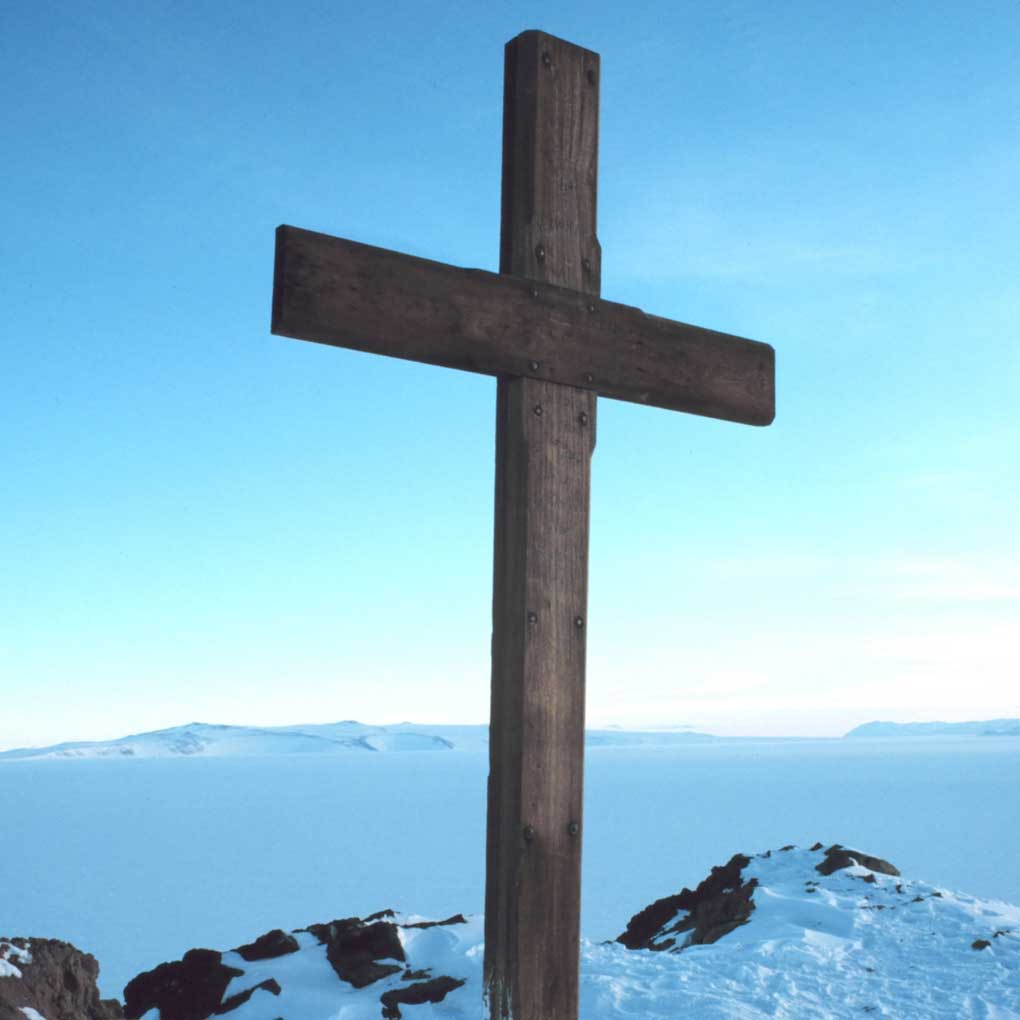The Call of Aurora
An opera about love, death & madness
The Call of Aurora is a chamber opera, based on Douglas Mawson’s 1911 – 1914 expedition to Antarctica and explores the challenges faced by all those who were stranded on the ice continent for two years, before being returned to Hobart in January 1914.
In December 1911 the SY Aurora departed from Hobart Harbour for Antarctica. Heading this expedition was Douglas Mawson, a geologist, who had previously been to Antarctica with Ernest Shackleton. But on this expedition, despite having been invited to accompany Robert Falcon Scott to attempt to be the first men to reach the South Pole (an invitation that Mawson declined, of course), Mawson chose to lead on his own expedition to undertake scientific exploration on the Antarctic Continent. The SY Aurora arrived at Commonwealth Bay in January 1912, and Mawson and his crew set to work in the remaining summer months to build their huts, and establish their main base and outposts before winter – and the complete darkness that would come with it – arrived.
During that winter of 1912 the men would have busied themselves with the many and necessary preparations for the respective scientific expeditions that each party would embark upon in the late spring of 1912. Their plan was to go out as parties of three or four, leaving base camp in October or November, and to all be back in time for the Aurora’s return in January 1913, when they would board for their trip back to Hobart.
In October 1912 Mawson and his party, which comprised Xavier Mertz and Belgrave Ninnis, along with their team of huskies pulling three sledges containing tents, food, and other provisions, headed out for what they expected to be a 500 miles and three month expedition.
For the first 300 miles or so, thing went well enough, until Ninnis suffered frost bite on one of his fingers, which, in his reluctance to bother Mawson with, ultimately became septic. When eventually Ninnis, so affected by his poisoned finger, became of no use in pulling his weight, Mawson decided to ditch one of the three sledges and some of their provisions, and pack what he believed was necessary onto the two remaining sledges, re-assigning the dogs into two teams. As Xavier Mertz, some way out front of the first sledge (on which Ninnis rode as an incapacitated passenger, and in front of Mawson’s second sledge) realised that they were all perilously close to the soft drift that had only that night before covered what he knew just then to be a crevasse, Mertz raises his hand, as a signal to go no further. But it was already too late.
The first sledge, pulled by the best team of dogs, and carrying the dogs’ food, some of the ‘man food’, many of the provisions – and Belgrave Ninnis – had completely disappeared down a deep crevasse. Going to the edge of the crevasse, Mawson and Mertz could hear the strangling cries of the dangling dogs, but could see nothing, and despite their calls – for almost three hours – heard nothing of Ninnis. They fed their longest rope down the crevasse, but it was too deep. Just like that, they had lost one companion, the best dogs, food and much of their provisions. Mawson had no choice but to turn back for camp, with the last remaining sledge and those dogs, lucky enough not to have fallen to their deaths.
The Call of Aurora begins here.
Music & Libretto by Joe Bugden
Directed by Lucien Simon
Musical Direction by Johanna Bostock
Set Design by Nicole Robson
Lighting Design by Louise Goich
Cast (in order of appearance):
Christopher Bryg as Sidney Jeffryes (the mad wireless operator)
Phillip Joughin as Douglas Mawson
Nick Monk as Xavier Mertz
Grace Ovens as Paquita Delprat (Mawson’s fiancee)
Michael Kregor as Cecil Madigan
Nathan Males as The Ghost of Robert Falcon Scott
Zoe Fitzherbert-Smith as The Spirit of Aurora
Ensemble Members:
Rosemary Holloway ~ flute
Derek Grice ~ clarinet
Damien Holloway ~ viola
James Anderson ~ cello
Jamie Wilson ~ vibraphone
The Call of Aurora is supported by the Commonwealth Government via Festivals Australia and by IMAS, and is presented as part of the 2022 Australian Antarctic Festival



